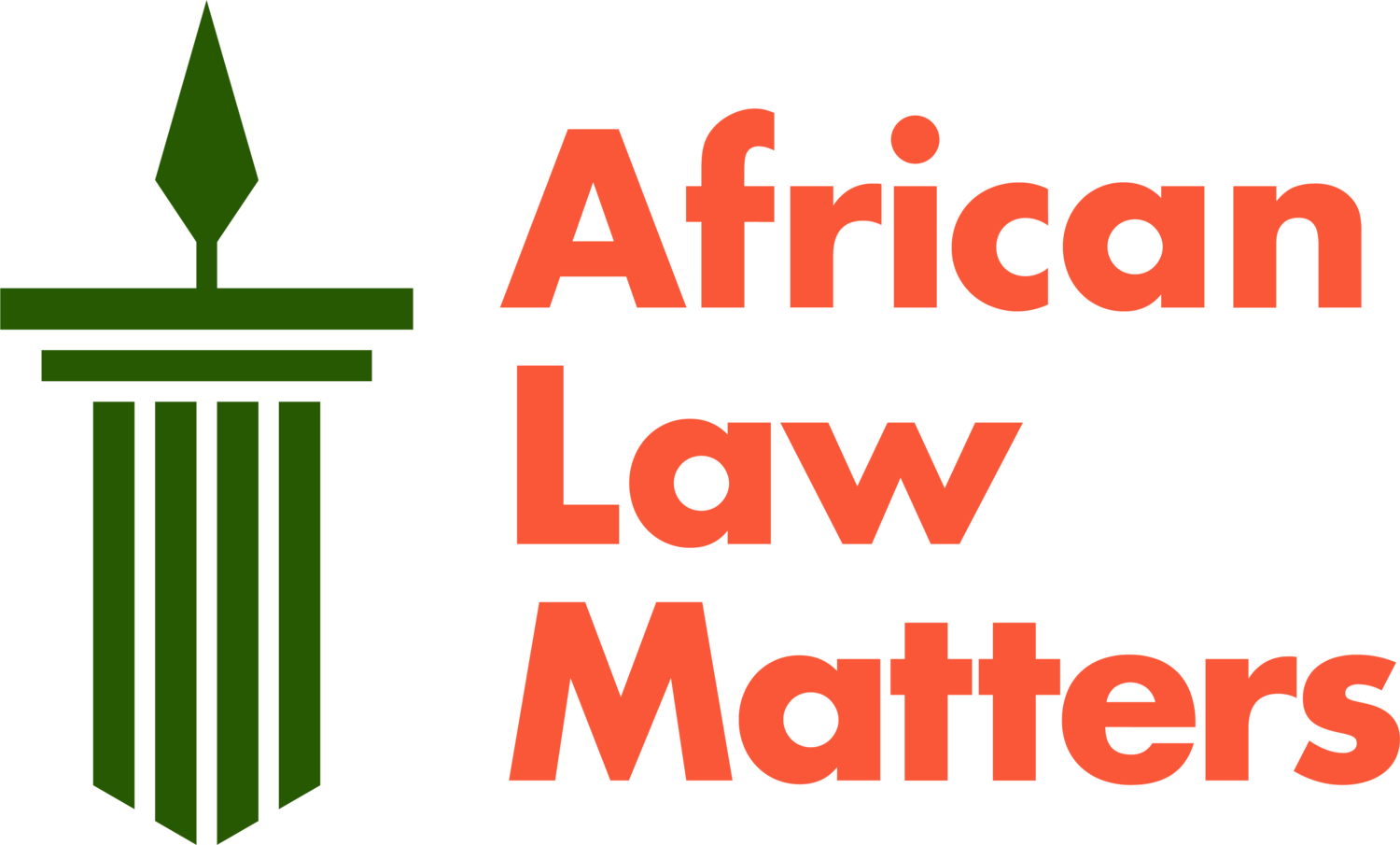The Maputo Protocol and the African Union Human Rights Institutions
The African Court on Human and Peoples’ Rights. Credit: AfCHPR
Editor’s Note: This article is also available in French here.
Since the adoption of the Protocol to the African Charter on Human and Peoples’ Rights on the Rights of Women in Africa (Maputo Protocol) on 11 July 2003, 44 out of 55 African countries have ratified the agreement.
The implementation of the Maputo Protocol, adopted under Article 66 of the African Charter on Human and Peoples’ Rights (African Charter), to supplement the latter’s provisions, is overseen by two of the three African Union human rights institutions, namely the African Commission on Human and Peoples’ Rights (African Commission) and the African Court on Human and Peoples’ Rights (African Court).
Article 27 of the Maputo Protocol confers jurisdiction on the African Court to interpret its provisions arising from its application and implementation. Article 32 further identifies the African Commission as a transitional institution with jurisdiction until the establishment of the African Court. With a functional African Court, the African Commission’s jurisdiction might be questioned due to Article 32. However, Article 26 of the Maputo Protocol provides for states parties to submit periodic reports every two years to the African Commission, in accordance with Article 62 of the African Charter.
Moreover, there are precedents where the African Commission has referred to the Maputo Protocol in its decisions. Thus, both the African Commission and the African Court oversee the implementation of the Maputo Protocol on a complementary basis at the African Union level.
The African Commission
Under article 45 of the African Charter, the African Commission has three mandates, namely the promotion of human and peoples’ rights, the protection of human and peoples’ rights and the interpretation of the Charter, with the interpretative mandate being integrated into its protective and promotional mandate.
The African Commission has used the Maputo Protocol in its protective mandate through the communications procedure. For instance, in the 2011 case of Egyptian Initiative for Personal Rights & Interights v Egypt, while finding a violation of Article 18(3) of the African Charter on the elimination of discrimination against women, it referred to the definition of violence against women under the Maputo Protocol and urged the country to ratify the document.
The African Commission also referred to the Maputo Protocol in the case of Equality Now and Ethiopian Women Lawyers Association versus Ethiopia in 2015, when it was assessing whether the acts of the Ethiopian government in the case concerned amounted to discrimination. While it found that there was no discrimination, the fact that the African Commission relied on the definition of discrimination in the Maputo Protocol presents the document as an authority for the institution in deciding its communications.
To emphasize its promotional mandate and the importance of women’s rights, the African Commission created the mechanism of the Special Rapporteur on the Rights of Women in Africa (SRRWA) in 1999, who is the focal person amongst the Commissioners, to oversee the implementation of the Maputo Protocol. Most of the African Commission’s initiatives concerning women’s rights are under the aegis of the SRRWA.
Another way in which the African Commission has ensured the implementation of the Maputo Protocol is through the adoption of soft laws in the form of resolutions, general comments and guidelines under the Maputo Protocol. Many of these soft laws were conceptualized and adopted with the support of civil society organizations.
“The African human rights institutions…must take concerted actions to ensure that the Maputo Protocol’s provisions are a reality for women across the African continent.”
By way of example, in 2012, it issued General Comment 1 on articles 14(1)(d) and (e) of the Maputo Protocol on women’s rights and HIV, and in 2014, it adopted General Comment 2 under its articles 14(1)(a), (b), (c) and (f) and articles 14(2)(a) and (c) on women’s sexual and reproductive health. In 2017, the African Commission and the African Children’s Committee jointly adopted a General Comment under article 6(b) of the Maputo Protocol and under article 21(2) of the African Children’s Charter on ending child marriage. That year, the African Commission also adopted Guidelines on combatting sexual violence and its consequences in Africa. The latest set of general comments were adopted in 2020 under article 7(d) on the right to property during separation, divorce or annulment of marriage.
Another way the African Commission has overseen the implementation of the Maputo Protocol is through the state reporting procedure, which is an opportunity for states to constructively engage with other states parties. In 2009, as one of its mandates, the SRRWA spearheaded the adoption of Guidelines on state reporting under the Maputo Protocol to assist states in the preparation of their state reports under Article 62 of the African Charter and Article 26 of the Maputo Protocol.
The African Court on Human and Peoples’ Rights
The African Court complements the protective mandate of the African Commission, and issues final and binding decisions. It has been seized on several occasions concerning violations of the provisions of the Maputo Protocol, but few of them have been decided on the merits due to strict admissibility requirements.
The 2018 case of Association Pour le Progrès et la Défense des Droits des Femmes Maliennes (APDF) and Institute for Human Rights Development in Africa (IHRDA) v Mali, is the first ground-breaking case where the African Court found violations of provisions of the Maputo Protocol.
In the 2020 Request for Advisory Opinion by the Pan African Lawyers Union on the Compatibility of Vagrancy Laws, the African Court made a declaration that vagrancy laws permitting the arrest of women without a warrant violate the Maputo Protocol since they affect them disproportionately. This is because in most cases, they might not be able to pay the bail money, thereby risking longer detention periods.
Conclusion
Both the African Court and the African Commission have engaged with the Maputo Protocol, with the latter expanding on the normative framework in the document. However, 20 years since its adoption and despite the progress in its implementation, many countries are still lagging in the protection of the rights in the Maputo Protocol, with 11 countries still needing to ratify the document.
The African human rights institutions, together with relevant stakeholders such as civil society organizations, states parties and national human rights institutions, must take concerted actions to ensure that the Maputo Protocol’s provisions are a reality for women across the African continent.


